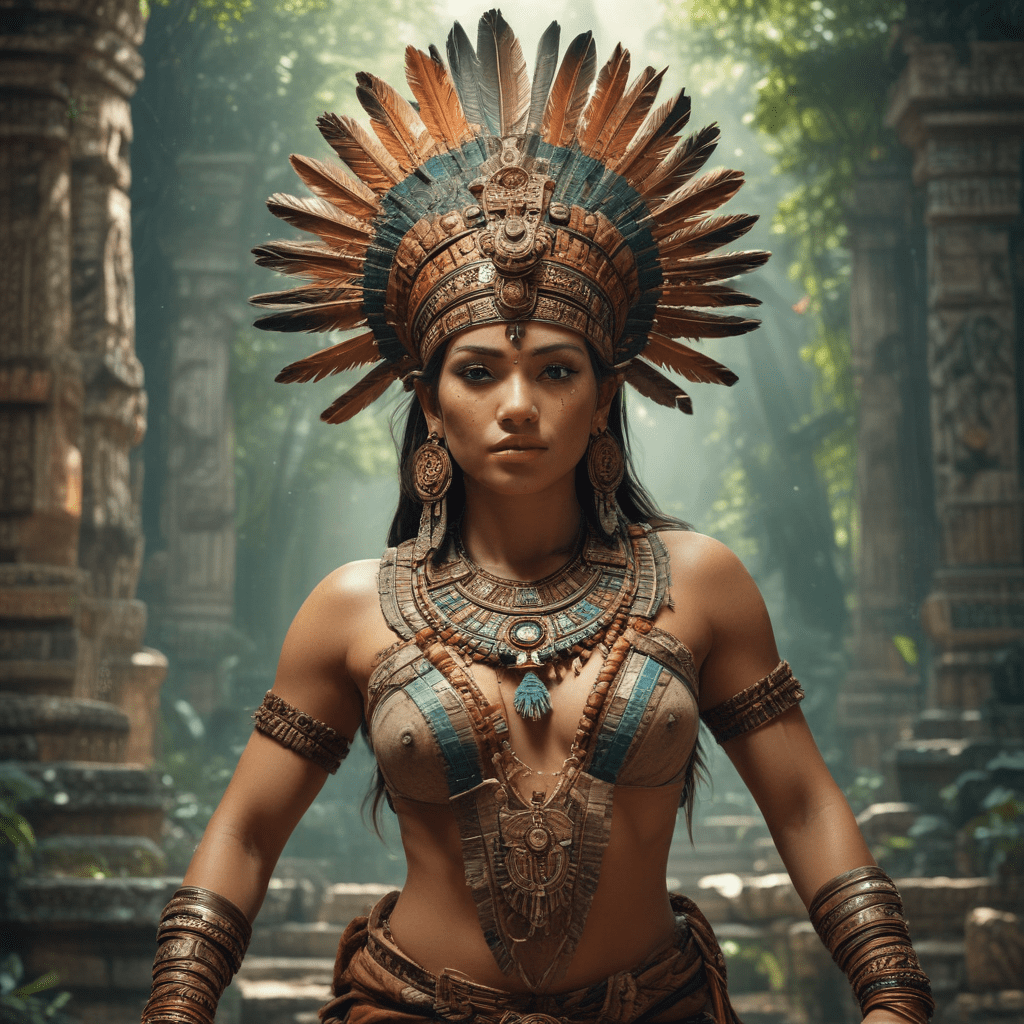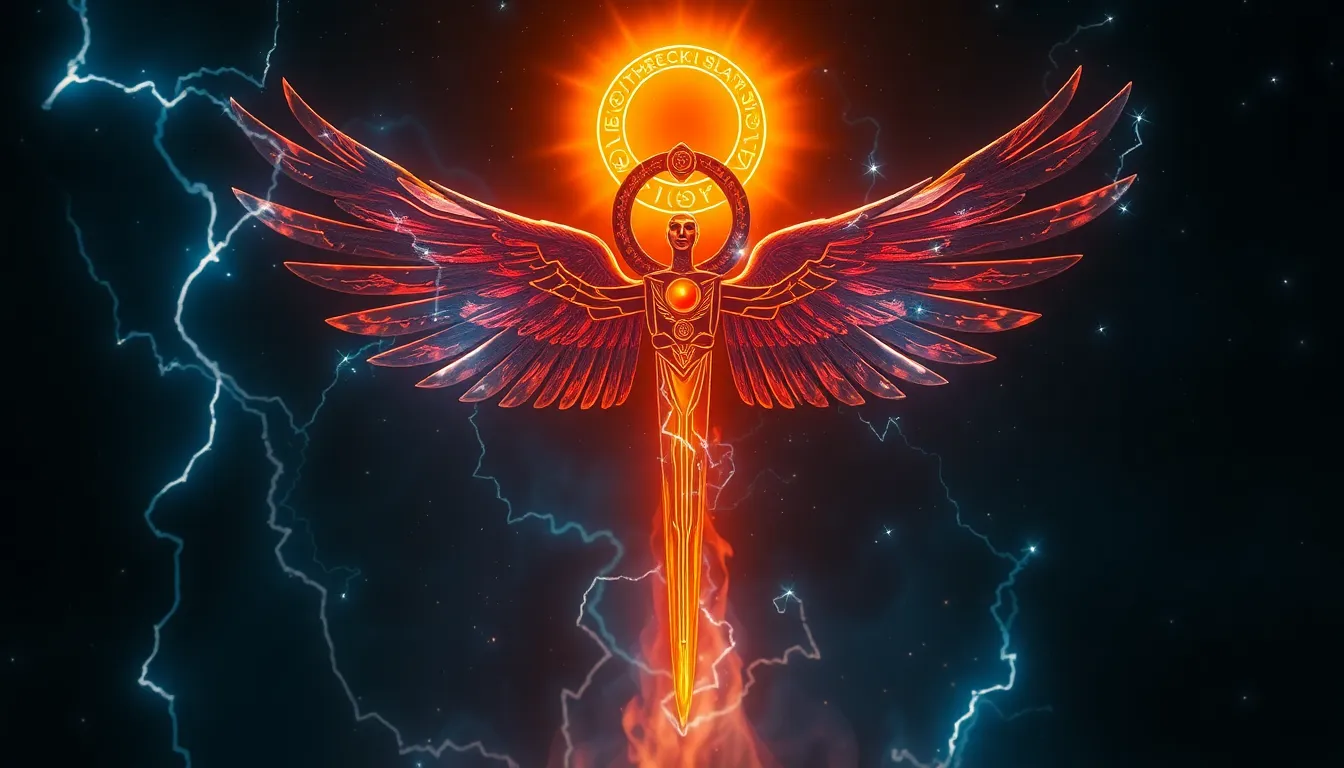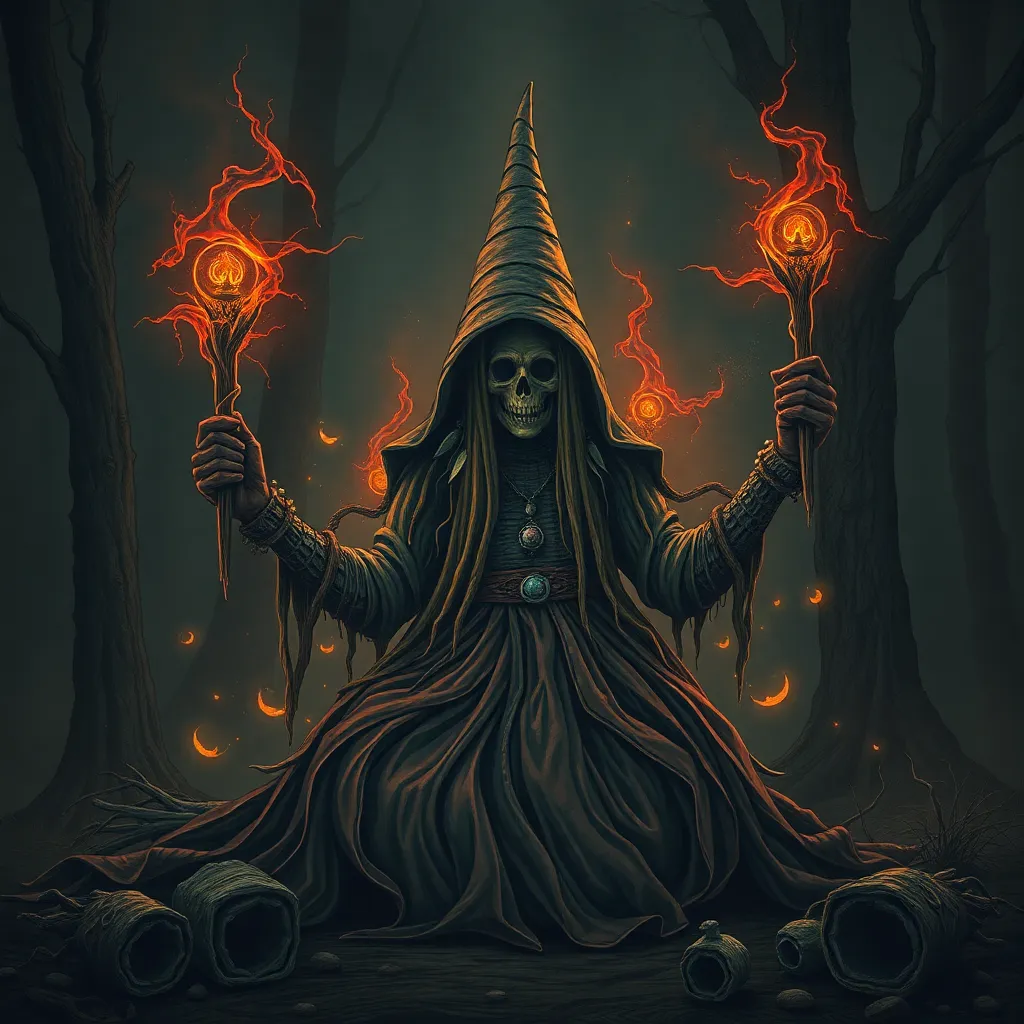Mayan Mythology and the Art of Storytelling
Introduction
The ancient Maya civilization, renowned for its complex and sophisticated culture, developed a rich and vibrant mythology that intertwined with their daily lives. In a world where gods and humans coexisted, storytelling played a pivotal role in preserving cultural values, transmitting knowledge, and explaining the intricacies of the cosmos. This article delves into the captivating world of Mayan mythology, exploring its creation myths, heroic legends, and the profound significance of storytelling in Mayan society.
The Mayan Cosmos: A World of Gods and Creation Myths
The Mayan worldview revolved around a complex cosmology, where the universe was divided into three interconnected realms: the heavens, the earth, and the underworld. Each realm was inhabited by a pantheon of gods and supernatural beings, each with their own unique attributes and responsibilities. The Maya believed that these gods influenced every aspect of human life, from agriculture and warfare to love, death, and the afterlife.
Creation myths held a central place in Mayan mythology, providing explanations for the origins of the world, humanity, and the gods themselves. The most celebrated creation myth is found in the Popol Vuh, a sacred Mayan text that recounts the adventures of the Hero Twins, Hunahpu and Xbalanque. Through their trials and triumphs, the Hero Twins played a crucial role in establishing order and balance in the newly created world.
The Popol Vuh: A Journey Through the Mayan Underworld
The Popol Vuh, considered the most important literary work of the Maya, offers a fascinating glimpse into their mythological beliefs and worldview. This complex text blends historical accounts, mythology, and philosophical reflections, providing a rich tapestry of Mayan culture and society.
The narrative follows the journey of the Hero Twins, Hunahpu and Xbalanque, as they descend into the treacherous Mayan underworld, Xibalba. Through their wit, courage, and supernatural abilities, they overcome challenges and emerge victorious, restoring order and defeating the forces of darkness. The Popol Vuh serves as a testament to the Mayan belief in the interconnectedness of the living world and the underworld, and the importance of overcoming adversity through resilience and determination.
The Hero Twins: Hunahpu and Xbalanque
The Hero Twins, Hunahpu and Xbalanque, occupy a central place in Mayan mythology, embodying courage, resilience, and the triumph of good over evil. Their exploits are chronicled in the Popol Vuh, where they first appear as the sons of the Maize God and the Moon Goddess. The twins possess supernatural abilities, granting them strength, dexterity, and the ability to transform into various animals.
The Hero Twins' journey takes them through a series of challenges, culminating in their descent into the Mayan underworld, Xibalba. In this perilous realm, they confront the treacherous Lords of Xibalba, overcoming their deadly trials through wit, courage, and supernatural assistance. Ultimately, they emerge victorious, restoring order and defeating the forces of darkness.
The Hero Twins' story serves as a powerful allegory, reflecting the cyclical nature of life, death, and rebirth. Their victories symbolize the triumph of human ingenuity and perseverance over adversity. They also embody the importance of balance and harmony between the living world and the underworld.
The Importance of Storytelling in Mayan Culture
Storytelling played a vital role in Mayan society, serving as a means of preserving cultural values, transmitting knowledge, and explaining the complexities of the cosmos. Myths and legends were passed down through generations, providing a rich tapestry of stories that reinforced community identity and social cohesion.
Mayan storytellers, known as ah dzib, held a respected position in society. They were skilled in improvisation, using vivid language, gestures, and dramatic performances to captivate their audiences. Storytelling was not merely entertainment; it served as a critical tool for educating the young, preserving history, and upholding moral values.
The Role of Myth in Preserving Mayan History and Values
Mayan myths served as a repository of historical knowledge, preserving details about their ancestors, migration patterns, and significant events. These stories often contained symbolic representations of real-world occurrences, encoded in a language accessible to all members of society.
Furthermore, myths played a crucial role in transmitting moral values and ethical principles. Through the actions of their protagonists and the consequences they faced, Mayan myths taught important lessons about courage, loyalty, honesty, and respect for the gods and ancestors. By reinforcing these values, myths helped to maintain social order and ensure the continuity of Mayan culture.
The Use of Symbolism and Metaphor in Mayan Storytelling
Mayan storytelling was rich in symbolism and metaphor, allowing for interpretations on multiple levels. Natural elements, such as animals, plants, and celestial bodies, often carried deeper meanings, representing specific deities, virtues, or vices. Similarly, actions and events within the stories could be interpreted as metaphors for larger social, political, or spiritual concepts.
This multi-layered approach to storytelling allowed for nuanced interpretations and ensured that the stories remained relevant to audiences of different ages and backgrounds. The use of symbolism and metaphor also added depth and complexity to Mayan myths, contributing to their enduring appeal and relevance across generations.




